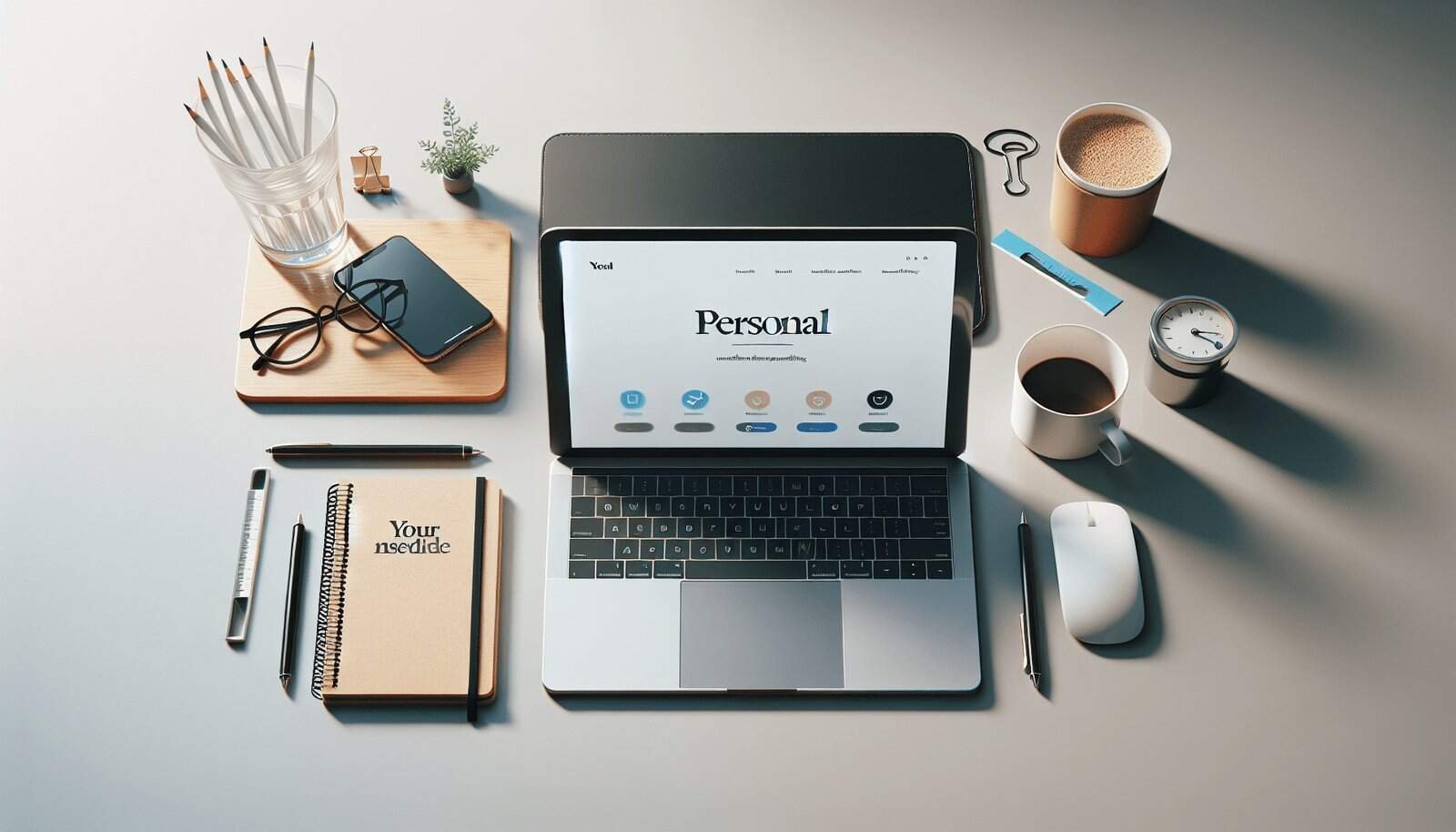Have you ever asked yourself what you want your freelance brand to be known for? Crafting a distinct identity in the bustling world of freelance can be both exhilarating and overwhelming. Your brand isn’t just what you deliver; it’s how your clients perceive and remember you. Let’s break down the essential elements that shape a memorable freelance brand identity while keeping the conversation engaging and insightful.
Understanding Your Unique Value Proposition
To truly stand out, you must understand what makes you unique. This is your Unique Value Proposition (UVP). It encapsulates the distinctive qualities, skills, and values you bring to your work. Think of it as the reason your clients choose you over others.
Identifying Your Core Strengths
Start by identifying what you’re really good at. Is it graphic design, content writing, web development, or perhaps something more niche? Evaluating your strengths will help carve your niche in the freelance market. Once you know your core strengths, highlight them in every interaction you have.
Evaluating Your Passion and Interests
Your passion fuels your work. Think about projects that excite you. Aligning your brand with your passions not only keeps work engaging but also ensures authenticity—a critical aspect of any successful brand. Authentic excitement is contagious and makes clients want to work with you again and again.
Defining Your Target Audience
Knowing who you want to work with is as important as knowing what you can deliver. Your target audience should appreciate and need what you bring to the table.
Narrowing Down the Demographics
Understanding your clientele’s demographics can help tailor your branding efforts. Consider age, profession, location, and more when identifying potential clients. The more specific you get, the better you can customize your brand message.
Identifying Their Needs and Challenges
Every audience faces specific challenges. Your job is to pinpoint these struggles and position yourself as their problem-solver. This understanding allows you to design services that are truly desirable and valuable.

Crafting Your Brand Message
Your brand message is the voice through which you communicate with your clients. It reflects your personality, values, and promises.
Tone of Voice
Whether formal or fun, your tone should resonate with your audience and reflect your personality. Consistency is key here, as it reinforces the familiarity that’s essential for client trust.
Brand Tagline and Mission Statement
Create a powerful tagline that encapsulates your essence. Alongside, a mission statement can succinctly define what drives you as a freelancer. Together, they become the touchstones for everything your brand does.
Designing Your Visual Identity
While a picture is worth a thousand words, your visual identity says a lot more about your freelance brand. It includes your logo, color palette, typography, and much more.
Logo and Brand Colors
Your logo should be simple yet striking. It’s the first visual element that clients will associate with your brand. The colors you choose should evoke the emotions you want your brand to convey.
Typography and Design Elements
The fonts you use in your branding materials should be readable and consistent across platforms. Design elements, from business cards to your website, need interconnectivity that visually tells your brand story.

Building a Strong Online Presence
In the digital age, having a robust online footprint is imperative for any freelancer. Your website and social media are often the first points of contact.
Developing a Professional Website
Your website is your digital office. Ensure it’s professional, user-friendly, and showcases your portfolio effectively. It should clearly communicate who you are and what you do. Incorporate testimonials and case studies to build credibility.
Leveraging Social Media Platforms
Social networks can amplify your reach if used wisely. Choose platforms where your audience is most active and engage with them by sharing valuable content. It’s not just about maintaining a presence, but about actively engaging and building relationships.
Establishing Credibility and Trust
Your brand’s reputation hinges on your credibility. Establish trust, and clients will not only return but also refer you to others.
Creating High-Quality Content
Demonstrate your expertise through content marketing. Writing blogs, creating videos, or hosting webinars can position you as a thought leader in your field. Sharing knowledge freely cultivates respect and trust.
Gathering and Displaying Testimonials
Success stories from past clients are invaluable. Encourage satisfied clients to leave positive reviews and proudly display them on your website. Potential clients are far more likely to work with someone with solid references.
Regularly Updating Your Portfolio
Keep your portfolio fresh and up-to-date. Showcase your best work, and reflect all the skills you wish to be known for. This serves as a gallery of your capabilities and a testament to your ongoing evolution and success.

Customer Experience and Relationship Building
A memorable brand is not just about the work you do but the experience you offer to clients. Aim to deliver exceptional service at every touchpoint.
Effective Communication
Transparency and regular communication build strong client relations. Make sure clients are informed, heard, and valued in all interactions. This will ensure a smooth workflow and establish you as a reliable professional.
Providing Exceptional Service
Go beyond client expectations whenever possible. Little things like timely delivery, attention to detail, or even a personal follow-up make big impressions. This creates lasting loyalty and cultivates your brand as being client-focused.
Staying Adaptable and Open to Feedback
Freelancing demands flexibility in an ever-evolving market. Being open to change and feedback ensures your brand remains relevant and competitive.
Embracing Change
The ability to adapt to new trends or demands can set your brand apart. Stay informed about industry developments and be willing to pivot your approach when necessary.
Seeking Continuous Improvement
Feedback isn’t just criticism; it’s an opportunity. Proactively seek client feedback and use it to refine your processes and offerings. This commitment to growth speaks volumes about your dedication and professionalism.

Conclusion: Your Brand, Your Legacy
As you wrap up your journey in shaping your freelance brand, remember that it’s a continuous process. Your brand evolves with you, your learnings, and your experiences. Each project you undertake, each client interaction, all contribute to the legacy you’re building.
Establishing what you want your freelance brand to be known for sets a clear path and keeps you focused amidst the whirlwind of freelance opportunities. Whether it’s quality workmanship, innovative solutions, or outstanding customer service, let your brand resonate with authenticity and passion. What do you want your legacy to be in the world of freelancing? Choose wisely, add your personal flair, and watch your brand thrive.

